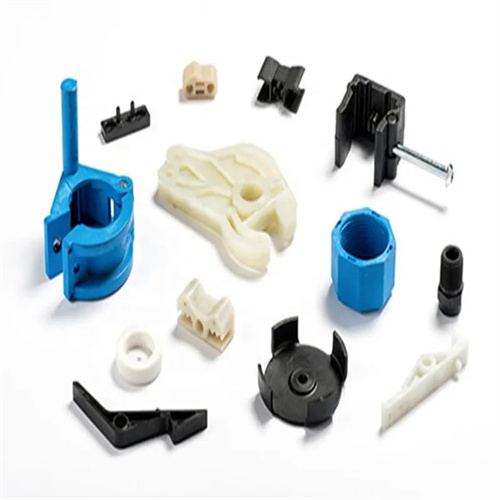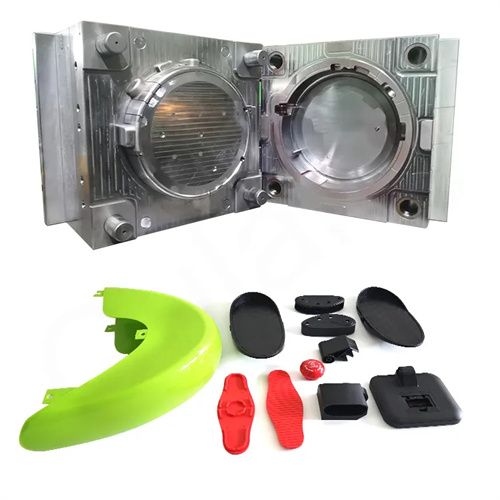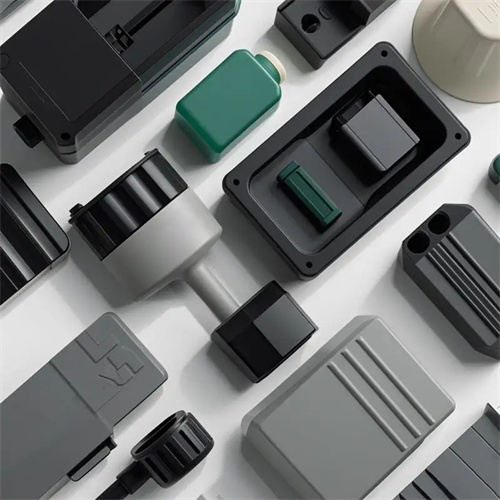Hot runner injection molding is an advanced plastic molding technology. Its core principle is to use a heating device to keep the plastic melt in the runner in a constant molten state, avoiding the formation of agglomerates in traditional cold runner systems, thereby achieving separation of the plastic part from the runner. In traditional injection molding, the melt flows through the cold runner into the mold cavity. After cooling, the melt in the runner forms agglomerates, which need to be removed later. However, a hot runner system uses heating coils or heating rods in locations such as the runner plate and nozzle to control the runner temperature above the plastic’s melting point (e.g., 180-220°C for polyethylene and 250-300°C for polycarbonate). This prevents the melt from solidifying as it circulates in the runner, and only the melt in the cavity forms the plastic part after cooling. During mold opening, since there is no agglomerate in the runner, the plastic part can be removed directly, achieving waste-free molding. For example, in the production of disposable plastic cups, the use of hot runner technology has reduced the proportion of runner agglomerates from the traditional 30% to zero, significantly improving raw material utilization.

One of the core advantages of hot runner injection molding is that it significantly improves production efficiency and material utilization. Since there is no need to remove and process runner agglomerates, the molding cycle can be shortened by 10-30%, which is especially suitable for the mass production of small plastic parts. For example, when producing electronic connectors, traditional cold runners require 10 seconds per mold to process the agglomerates. The hot runner system can eliminate this step, increasing production efficiency by more than 20%. In terms of materials, for precious engineering plastics (such as PEEK and LCP), hot runner technology can reduce raw material waste by 30-50%, thereby reducing production costs. In addition, the hot runner system can achieve uniform filling of multiple cavities. Through the precise distribution of the hot runner plate, the melt pressure and temperature of each cavity are consistent, and the weight deviation of the plastic part can be controlled within ±1%, which is much better than the ±5% of the cold runner system, greatly improving product consistency.

Another prominent feature of this technology is improved part quality and reduced molding defects. The hot runner system offers low melt flow resistance and stable temperature, reducing injection and holding pressures, alleviating internal stress in the part and, consequently, minimizing defects such as warping and cracking. For example, in the production of transparent PC parts, traditional cold runners are prone to silver streaks due to pressure fluctuations. Using a hot runner reduces pressure stability, and the incidence of silver streaks has dropped from 15% to below 2%. Furthermore, the hot runner nozzle directly contacts the mold cavity, shortening the melt flow path and reducing the number and visibility of weld marks, making it particularly suitable for large, flat parts. For thin-walled parts (thickness ≤ 1mm), the hot runner’s stable melt supply prevents underfilling caused by melt cooling in the cold runner, boosting the molding pass rate to over 95%.

Hot runner injection molding also has certain limitations, which need to be weighed in the application. The initial equipment investment is high, and the cost of the hot runner system is usually 2-5 times that of the traditional cold runner mold. It may not be economical for small-batch production (annual output of less than 100,000 pieces). The system structure is complex, including multiple components such as heating, temperature control, and runners. It is difficult to maintain and requires regular maintenance by professional technicians. Otherwise, heating failures, leakage and other problems are prone to occur. In addition, the hot runner has limited adaptability to plastic types. For heat-sensitive plastics (such as PVC), long-term high temperature can easily lead to degradation; for glass fiber reinforced plastics, the melt causes serious wear on the nozzle, and wear-resistant materials (such as tungsten carbide coating) need to be used, which increases costs. In terms of environmental adaptability, the hot runner system has high energy consumption, usually 5-15kW per hour, which is higher than traditional molds and does not meet the energy-saving requirements of some scenarios.

The application scope of hot runner injection molding is constantly expanding, especially in precision manufacturing and high-value-added fields. In the automotive industry, it is used to produce large, complex plastic parts such as engine hoods and instrument panels, leveraging its stable pressure to ensure dimensional accuracy. In the medical industry, it is used to produce disposable items such as syringes and infusion sets, reducing contamination risks through agglomerate-free molding. In the electronics industry, it is used to manufacture small, precision plastic parts such as connectors and mobile phone cases, relying on uniform filling of multiple cavities to improve product consistency. With technological advances, new hot runner systems (such as valve gates and dynamic temperature-controlled hot runners) have further expanded their application boundaries, enabling advanced functions such as sequential filling and multi-stage pressure holding to meet the molding needs of more complex plastic parts. For example, a company uses valve-type hot runners to produce automotive parts with multiple ribs. By controlling the opening and closing sequence of each nozzle, weld marks are eliminated and part strength is increased by 10%.
